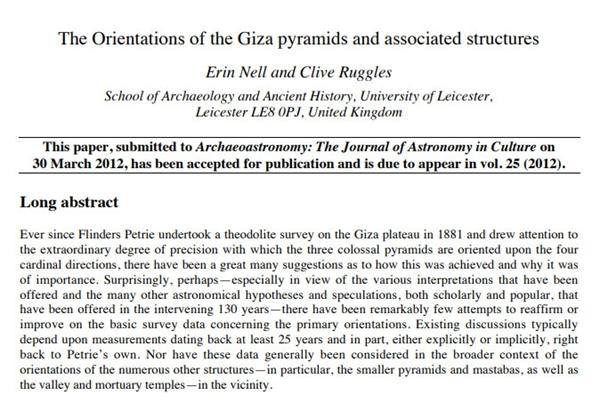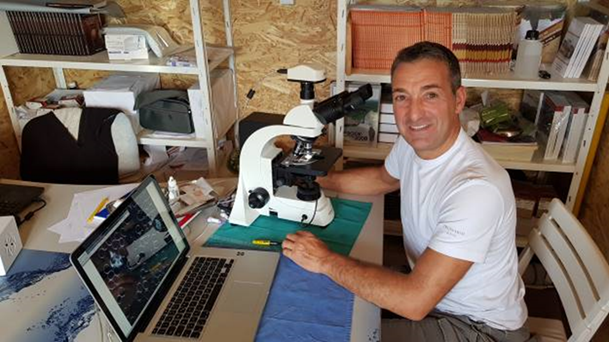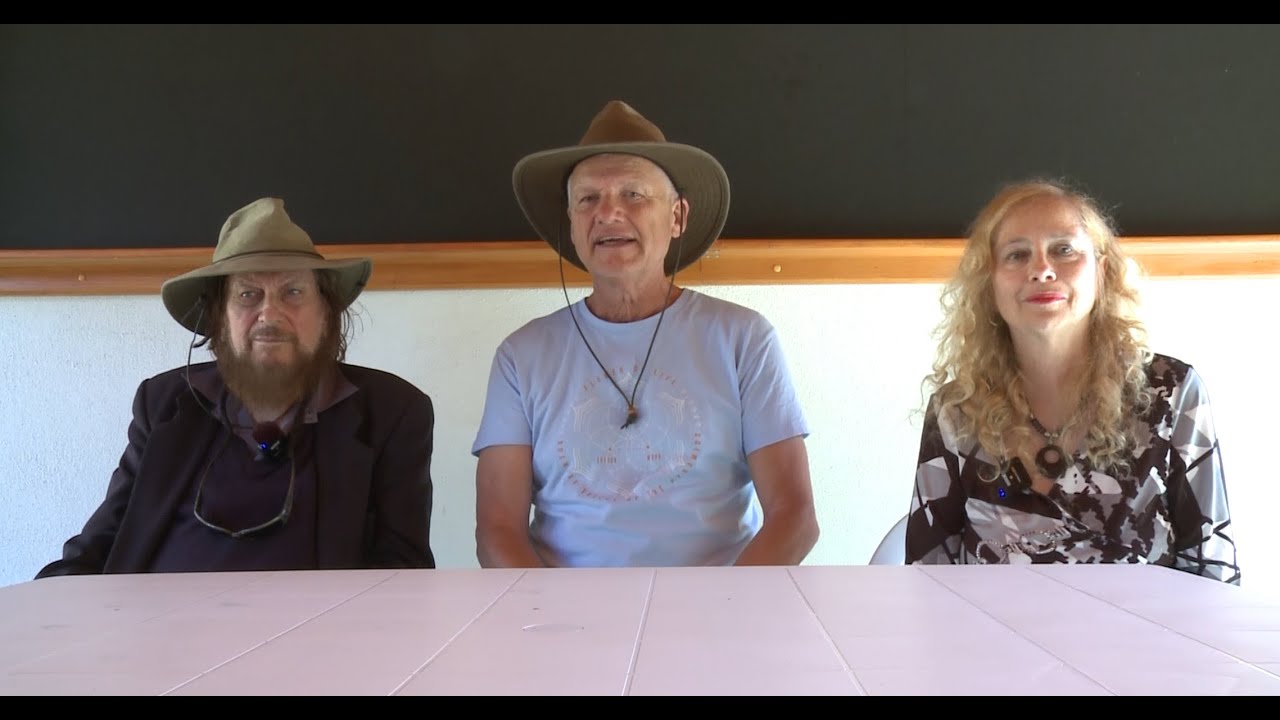Long abstract
Ever since Flinders Petrie undertook a theodolite survey on the Giza plateau in 1881 and drew attention to the extraordinary degree of precision with which the three colossal pyramids are oriented upon the four cardinal directions, there have been a great many suggestions as to how this was achieved and why it was of importance. Surprisingly, perhaps—especially in view of the various interpretations that have been offered and the many other astronomical hypotheses and speculations, both scholarly and popular, that have been offered in the intervening 130 years—there have been remarkably few attempts to reaffirm or improve on the basic survey data concerning the primary orientations. Existing discussions typically depend upon measurements dating back at least 25 years and in part, either explicitly or implicitly, right back to Petrie’s own. Nor have these data generally been considered in the broader context of the orientations of the numerous other structures—in particular, the smaller pyramids and mastabas, as well as the valley and mortuary temples—in the vicinity.















